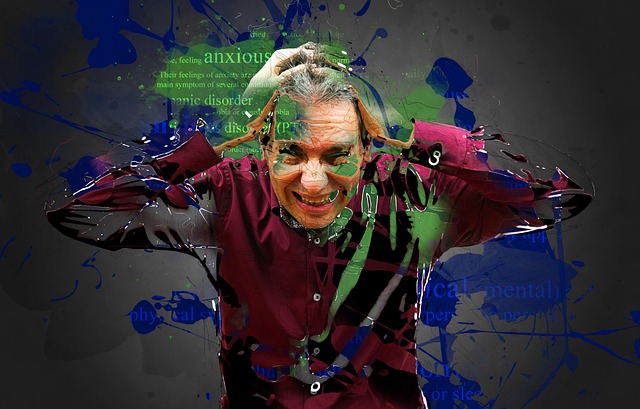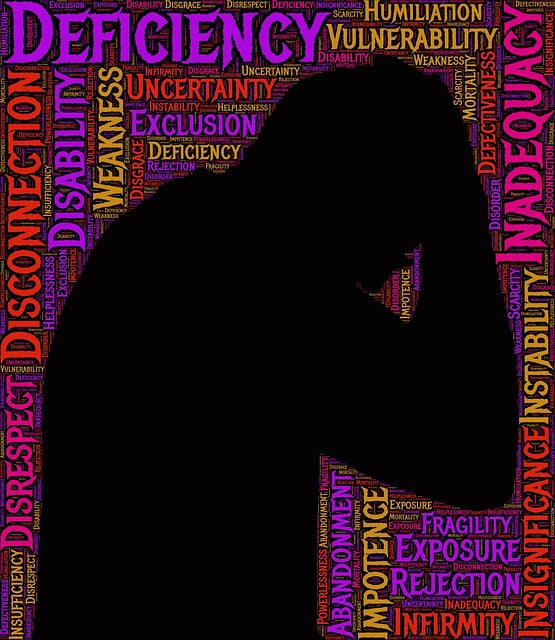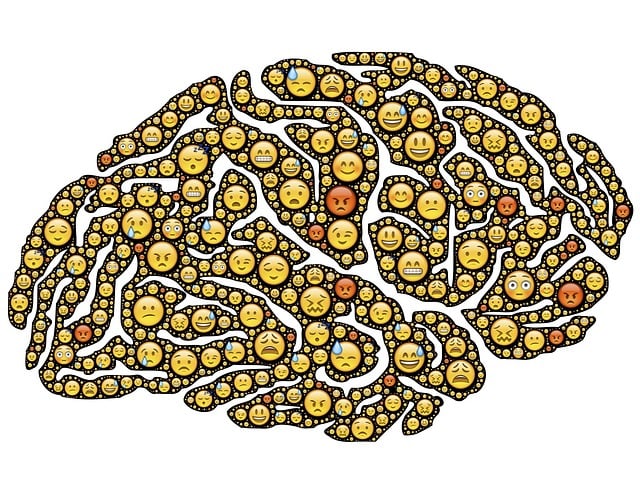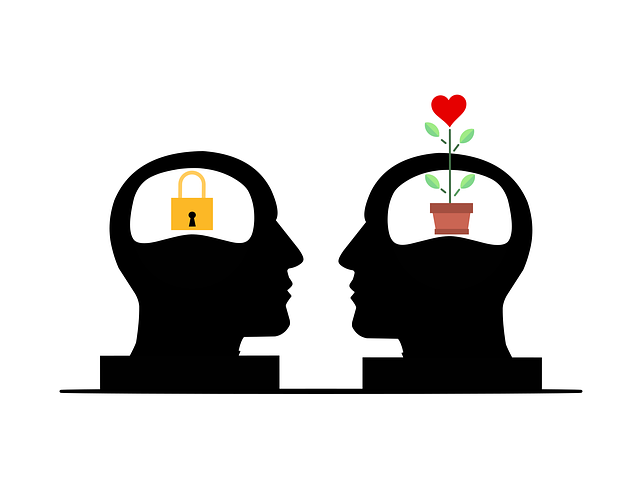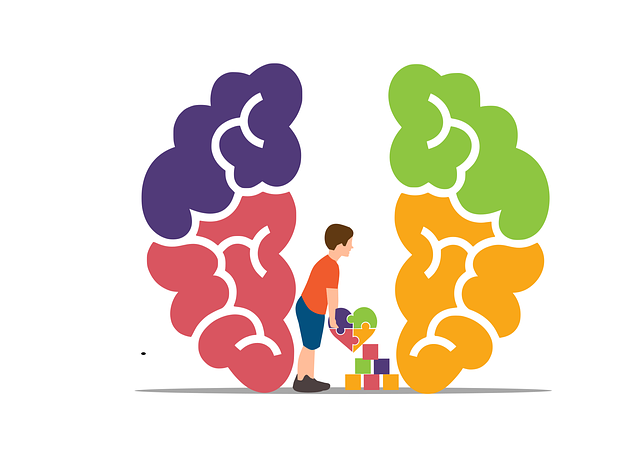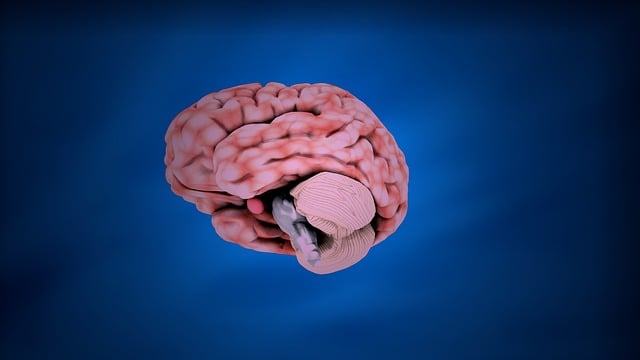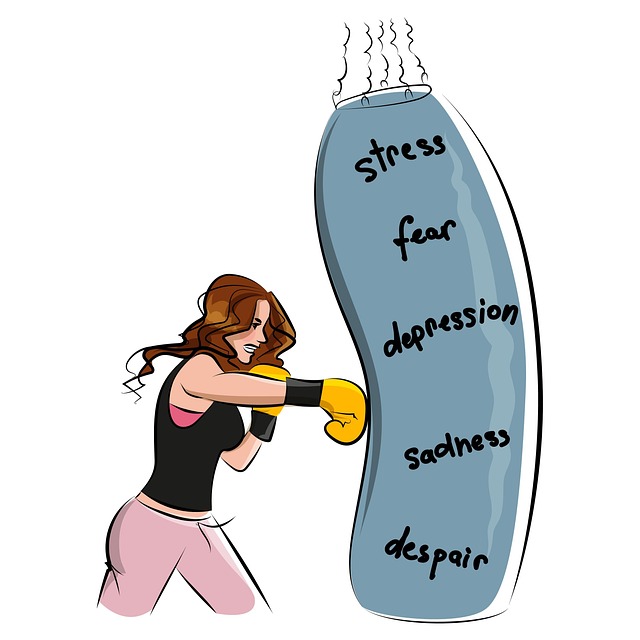Burnout among healthcare providers, particularly those using EMDR therapy for young children, is a growing concern due to high-pressure environments and demanding caseloads. Early recognition of signs like persistent exhaustion and cynicism is crucial. EMDR, combined with self-care practices, offers effective recovery. Supportive work environments, open dialogue, and mental health initiatives prevent burnout, enhance job satisfaction, and improve patient care. Prioritizing self-care and integrating EMDR therapy benefits both providers and their patients.
Healthcare provider burnout is a growing concern, especially among young children’s therapists facing demanding workloads. This article explores comprehensive strategies to prevent and combat burnout, focusing on early identification of signs, effective therapies like Eye Movement Desensitization and Reprocessing (EMDR), and the creation of supportive work environments. Additionally, it delves into essential self-care practices tailored for healthcare professionals, highlighting EMDR as a revolutionary therapy for burnout recovery.
- Understanding Burnout Among Healthcare Providers
- Identifying Early Signs of Burnout in Young Children's Therapists
- EMDR as a Therapy for Burnout Recovery
- Creating a Supportive Work Environment
- Self-Care Practices for Healthcare Professionals to Prevent Burnout
Understanding Burnout Among Healthcare Providers

Burnout among healthcare providers is a growing concern, particularly within specialized fields like pediatrics. In recent years, there has been increased scrutiny on the well-being of those who dedicate their lives to caring for young children, such as therapists employing EMDR (Eye Movement Desensitization and Reprocessing) therapy. This phenomenon extends beyond physical exhaustion; it encompasses emotional depletion and a sense of detachment from one’s work. Healthcare providers in these high-pressure environments often juggle demanding caseloads, long hours, and complex patient needs, which can contribute to elevated stress levels.
Recognizing the signs of burnout is paramount for both individuals and organizations. Mental health awareness initiatives play a crucial role in fostering resilience building and effective stress management. Workshops focusing on coping strategies, time management, and self-care practices can empower healthcare providers to navigate their challenging roles. Moreover, encouraging open dialogue about emotional experiences and implementing support systems within the organization can create a healthier work environment, ultimately preventing burnout and enhancing the quality of patient care.
Identifying Early Signs of Burnout in Young Children's Therapists

Burnout among young children’s therapists is a growing concern as the demand for therapy services increases. Recognizing the early signs is crucial to prevent this issue, especially since burnout can significantly impact a therapist’s ability to provide effective care and negatively affect their overall mental wellness. Some telltale indicators of burnout include persistent exhaustion, cynicism towards one’s job, and decreased satisfaction in seeing clients, which may manifest as a lack of engagement or reduced enthusiasm during therapy sessions.
EMDR (Eye Movement Desensitization and Reprocessing) has emerged as a valuable tool for therapists treating young children. This therapeutic approach helps clients process traumatic memories and emotions, fostering inner strength development. Additionally, incorporating activities such as mental wellness journaling exercises can serve as a powerful means to boost confidence and encourage self-reflection. Such practices promote resilience and provide guidance in managing stress levels, which are essential components of preventing burnout.
EMDR as a Therapy for Burnout Recovery

Burnout recovery among healthcare providers has gained significant attention, and Eye Movement Desensitization and Reprocessing (EMDR) therapy emerges as a promising approach. This therapeutic technique, originally developed for treating post-traumatic stress disorder (PTSD), has been adapted to address burnout and associated emotional trauma in mental health professionals. EMDR facilitates the processing of distressing memories and emotions by encouraging clients to focus on specific memories while engaging in bilateral stimulation, such as side-to-side eye movements or tactile taps. This process helps desensitize individuals to traumatic experiences, reducing their impact and allowing for healthier coping mechanisms.
For healthcare providers, EMDR can be a powerful tool to address the emotional toll of their work, especially when combined with established self-care practices and risk management planning for mental health professionals. By incorporating EMDR into their therapeutic arsenal, mental health professionals can offer specialized care to their colleagues, fostering cultural competency in addressing burnout—a critical aspect of providing holistic support within healthcare settings.
Creating a Supportive Work Environment

A supportive work environment is a cornerstone in preventing healthcare provider burnout. This encompasses various elements that foster a sense of belonging and well-being among staff. Organizations can promote this by implementing policies that prioritize open communication, ensuring fair workload distribution, and offering regular professional development opportunities. Additionally, creating safe spaces for mental health discussions and providing access to therapy, such as EMDR (Eye Movement Desensitization and Reprocessing), can significantly help healthcare providers manage stress and anxiety related to their work.
Mental illness stigma reduction efforts and mental health education programs designed with a focus on early intervention play a crucial role in this context. By integrating these initiatives into the workplace culture, organizations can encourage staff to prioritize their mental well-being without fear of judgment. This holistic approach not only supports burnout prevention but also enhances overall job satisfaction, leading to improved patient care and outcomes. Moreover, incorporating strategies like mindfulness training and resilience-building workshops can empower healthcare providers to effectively manage challenging situations, thereby reducing the risk of depression and other mental health issues that often contribute to burnout.
Self-Care Practices for Healthcare Professionals to Prevent Burnout

Healthcare professionals often put their patients’ well-being first, prioritizing their care above self-care. However, this can lead to burnout and decreased job satisfaction. Incorporating regular self-care practices is essential for maintaining mental health and resilience in this demanding field. From dedicated mindfulness sessions to engaging in creative outlets, these activities help healthcare providers manage stress levels and nurture their emotional well-being.
In addition to fostering a healthy work-life balance, integrating therapy techniques such as EMDR (Eye Movement Desensitization and Reprocessing) can be incredibly beneficial for processing traumatic experiences and improving self-esteem. Moreover, participating in mental wellness podcast series production or designing engaging mental health education programs can offer creative outlets for sharing knowledge while enhancing one’s own mental wellness. By prioritizing these self-care practices, healthcare professionals can better support their patients and enjoy a more fulfilling career.
Healthcare provider burnout is a growing concern, but by implementing targeted strategies, we can create a more supportive and sustainable work environment. From recognizing early signs of burnout in young children’s therapists to adopting therapies like Eye Movement Desensitization and Reprocessing (EMDR) for recovery, there are practical steps forward. Cultivating a workplace that prioritizes self-care and fosters open communication is key to preventing burnout. By embracing these strategies, we can ensure healthcare professionals remain resilient and dedicated to their crucial roles, ultimately benefiting the patients they serve.
